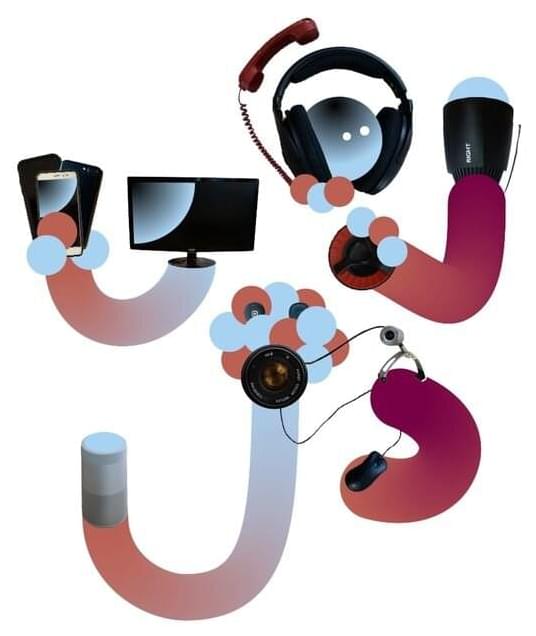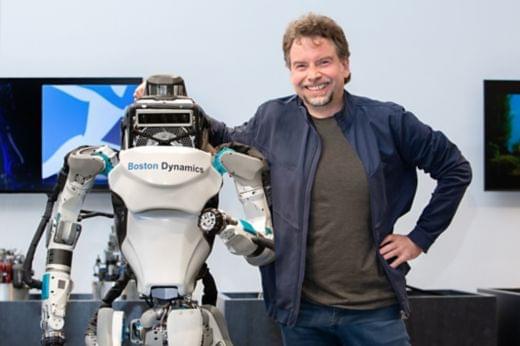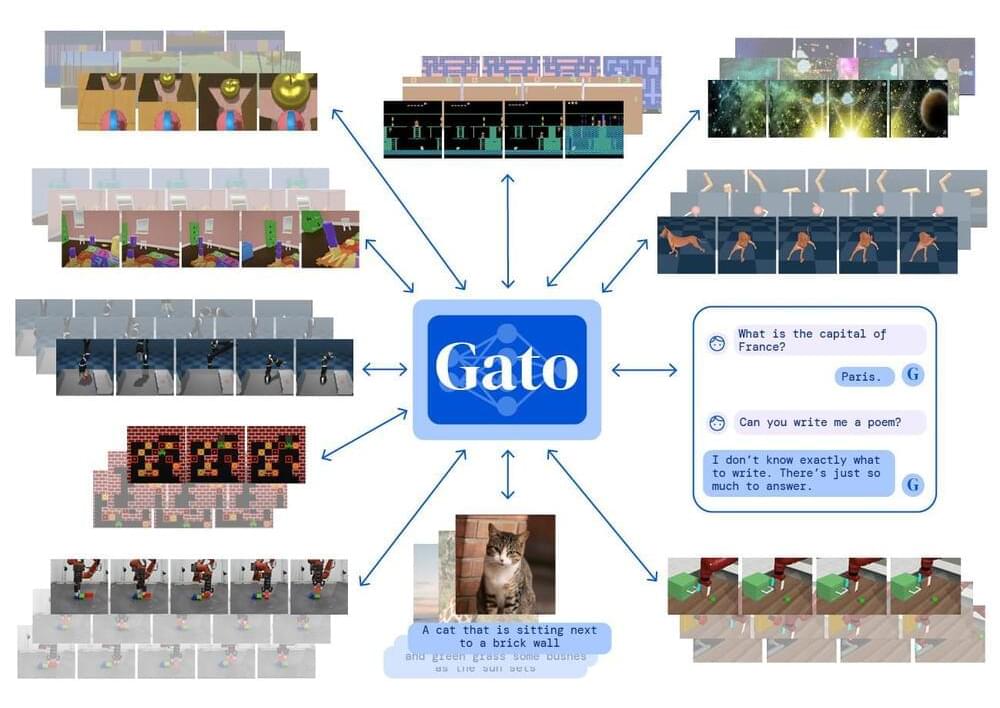Join us on Patreon!
https://www.patreon.com/MichaelLustgartenPhD
Papers referenced in the video:
A Physiology Clock for Human Aging (preprint)
https://www.biorxiv.org/content/10.1101/2022.04.14.488358v1
Predicting Age by Mining Electronic Medical Records with Deep Learning Characterizes Differences between Chronological and Physiological Age.
https://www.ncbi.nlm.nih.gov/pmc/articles/PMC5716867/
Spirometry Reference Equations for Central European Populations from School Age to Old Age.
https://pubmed.ncbi.nlm.nih.gov/23320075/
An Integrated, Multimodal, Digital Health Solution for Chronic Obstructive Pulmonary Disease: Prospective Observational Pilot Study.
https://pubmed.ncbi.nlm.nih.gov/35142291/








